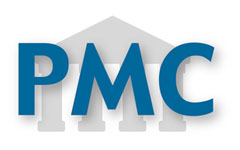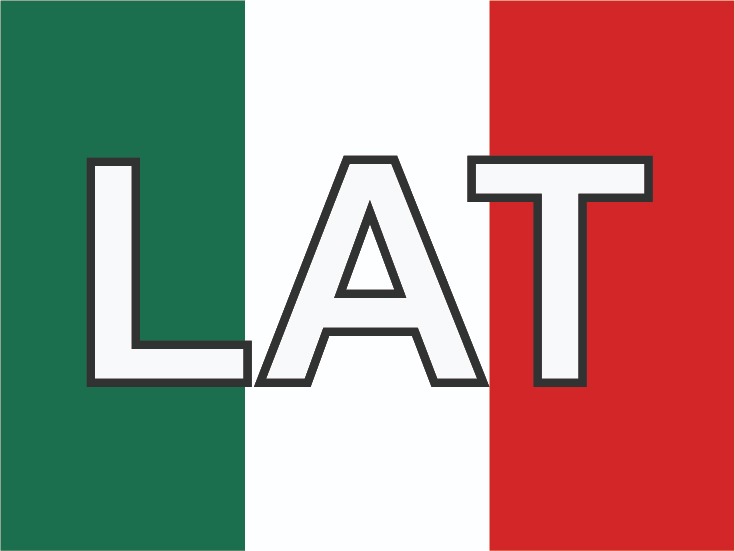Regulatory effect of Dimethyl Sulfoxide (DMSO) on astrocytic reactivity in a murine model of cerebral infarction by arterial embolization
Abstract
Introduction: The pathophysiology of cerebral ischemia is essential for early diagnosis, neurologic recovery, the early onset of drug treatment and the prognosis of ischemic events. Experimental models of cerebral ischemiac an be used to evaluate the cellular response phenomena and possible neurological protection by drugs.
Objective: To characterize the cellular changes in the neuronal population and astrocytic response by the effect of Dimethyl Sulfoxide (DMSO) on a model of ischemia caused by cerebral embolism.
Methods: Twenty Wistar rats were divided into four groups (n= 5). The infarct was induced with α-bovinethrombin (40 NIH/U). The treated group received 90 mg (100 µL) of DMSO in saline (1:1 v/v) intraperitoneally for 5 days; ischemic controls received only NaCl (placebo) and two non-ischemic groups (simulated) received NaCl and DMSO respectively. We evaluated the neuronal (anti-NeuN) and astrocytic immune-reactivity (anti-GFAP). The results were analyzed by densitometry (NIH Image J-Fiji 1.45 software) and analysis of variance (ANOVA) with the Graph pad software (Prism 5).
Results: Cerebral embolism induced reproducible and reliable lesions in the cortex and hippocampus (CA1). similar to those of focal models. DMSO did not reverse the loss of post-ischemia neuronal immune-reactivity, but prevented the morphological damage of neurons, and significantly reduced astrocytic hyperactivity in thesomato-sensory cortex and CA1 (P <0.001).
Conclusions: The regulatory effect of DMSO on astrocyte hyperreactivity and neuronal-astroglial cytoarchitecture, gives it potential neuroprotective properties for the treatment of thromboembolic cerebral ischemiain the acute phase.
Authors
Downloads
Keywords
- Brain cerebral ischemia
- dimethyl sulfoxide (DMSO)
- immunohistochemistry
- astrocytes
- neuroglia gliosis.
References
1. OMS. Trastornos neurológicos: desafíos para la salud pública. In: Press W, ed; 2006:http://new.paho.org/hq/dmdocuments/2008/Trastornos_neurologicos.pdf.
2. Barrera AA, Céspedes AE, Cardona GP. Mecanismo potencial de neuroprotección y plasticidad sinápticas inducidas por el estradiol a través de PI3K/GSK3beta en la isquemia cerebral. Rev Neurol. 2008; 46(1): 32-9.
3. Woodruff TM, Thundyil J, Tang SC, Sobey CG, Taylor SM, Arumugam TV. Pathophysiology, treatment, and animal and cellular models of human ischemic stroke. Mol Neurodegener. 2011; 6(1) 11.
4. Durukan A, Tatlisumak T. Acute ischemic stroke: Overview of major experimental rodent models, pathophysiology, and therapy of focal cerebral ischemia. Pharmacol Biochem Behav. 2007; 87: 179-97.
5. Bayter JE, Bayter A, Barrera JG, Mateus LC. Endarterectomía carotidea. ¿Es la anestesia regional nuestra única alternativa? Rev Colomb Anestesiol. 2006; 34: 95-101.
6. Li D, Zhang F, Wang Y, Tan TH, Qiao DF, Wang HJ, et al. Quantitative analysis of GFAP- and S100 protein-immunopositive astrocytes to investigate the severity of traumatic brain injury. Legal Med. 2012; 14(2): 84-92.
7. Arango-Davila C, Escobar-Betancourt M, Cardona-Gómez GP, Pimienta-Jiménez H. Fisiopatología de la isquemia cerebral focal: aspectos básicos y proyección a la clínica. Rev. Neurol. 2004; 39(2): 156-65.
8. Farina C, Aloisi F, Meinl E. Astrocytes are active players in cerebral innate immunity. Trends Immunol. 2007; 28(3): 138-45.
9. Perea G, Araque A. Nuevas vías de información en el sistema nervioso: comunicación entre astrocitos y neuronas. Rev Neurol. 2003; 36(2): 137-44.
10. Qi W, Dinga, D., Salvia, R. Cytotoxic effects of dimethyl sulphoxide (DMSO) on cochlear organotypic cultures. Hearing Res. 2008; 36(1-2): 52-60.
11. Shimizu S, Simon R, Graham S. Dimethylsulfoxide (DMSO) treatment reduces infarction volume after permanent focal cerebral ischemia in rats. Neurosci Lett. 1997; 239: 125-7.
12 Wang CX, Yang T, Shuaib A. An improved version of embolic model of brain ischemic injury in the rat. J Neurosci Meth. 2001; 109: 147-51.
13. Wang CX, Yang Y, Yang T, Shuaib A. A focal embolic model of cerebral ischemia in rats: introduction and evaluation. Brain Res Protoc. 2001; 7: 115-20.
14. Shabanzadeh AP, Shuaib A, Wang CX. Simvastatin reduced ischemic brain injury and perfusion deficits in an embolic model of stroke. Brain Res. 2005; 1042: 1-5.
15. Rahimian R, Daneshmand A, Mehr SE, Barzegar-Fallah A, Mohammadi-Rick S, Fakhfouri G, et al. Tropisetron ameliorates ischemic brain injury in an embolic model of stroke. Brain Res. 2011; 1392: 101-9.
16 Volpicelli ‐ Daley LA, Levey A. Immunohistochemical localization of proteins in the nervous system. neuroanatomical methods. current protocol neuroscience 2004. Chap 1 Unit 2.
17. Cheng Y, Kriz J. Differential neuroprotective effects of a minocycline-based drug cocktail in transient and permanent focal cerebral ischemia. Exp Neurol. 2007; 204: 433-42.
18. Céspedes-Rubio A, Wandosell Jurado F, Cardona-Gómez GP. Catenin/aN-Catenin are molecular targets in the neuroprotection and neuronal plasticity mediated by atorvastatin after focal cerebral ischemia. J Neurosci Res. 2010; 88: 3621-34.
19. Dazert P, Suofu Y, Grube M, Popa-Wagner A, Kroemer HK, Jedlitschky G, et al. Differential regulation of transport proteins in the periinfarct region following reversible middle cerebral artery occlusion in rats. Neurosc. 2006; 142(4): 1071-9.
20. Yamashita S, Hirata T, Mizukami Y. Repeated preconditioning with hyperbaric oxygen induces neuroprotection against forebrain ischemia via suppression of p38 mitogen activated protein kinase. Brain Res. 2009; 1301: 171-9.
21. Chu X, Fu X, Zou L, et al. Oncosis, the possible cell death pathway in astrocytes after focal cerebral ischemia. Brain Res. 2007; 1149: 154-64.
22. Kato H, Takahashi A, Itoyama Y. Cell cycle protein expression in proliferating microglia and astrocytes following transient global cerebral ischemia in the rat. Brain Res Bull. 2003; 60: 215-21.
23. Fang D, Minga QZ, Lia Z, Meia WX, Yaa K. Hypothermia attenuates protective effects of ginkgolides on astrocytes from ischemia/reperfusion injury. Neurochem Int. 2009; 55(4): 181-6.
24. Nagel S, Genius J, Heiland S, Horstmann S, Gardner H, Wagner S. Diphenyleneiodonium and dimethylsulfoxide for treatment of reperfusion injury in cerebral ischemia of the rat. Brain Res. 2007; 1132: 210-7.
The copy rights of the articles published in Colombia Médica belong to the Universidad del Valle. The contents of the articles that appear in the Journal are exclusively the responsibility of the authors and do not necessarily reflect the opinions of the Editorial Committee of the Journal. It is allowed to reproduce the material published in Colombia Médica without prior authorization for non-commercial use




















